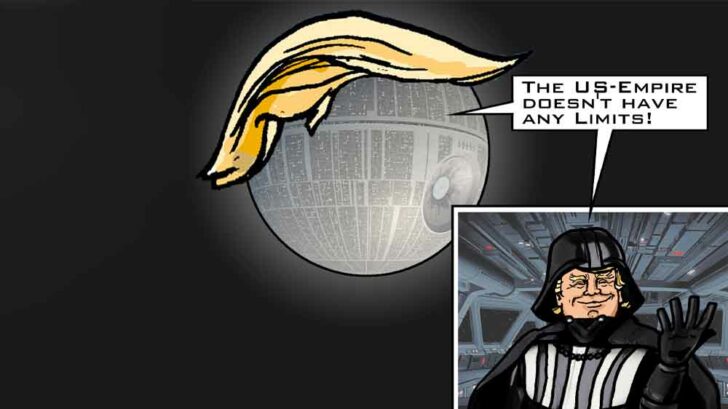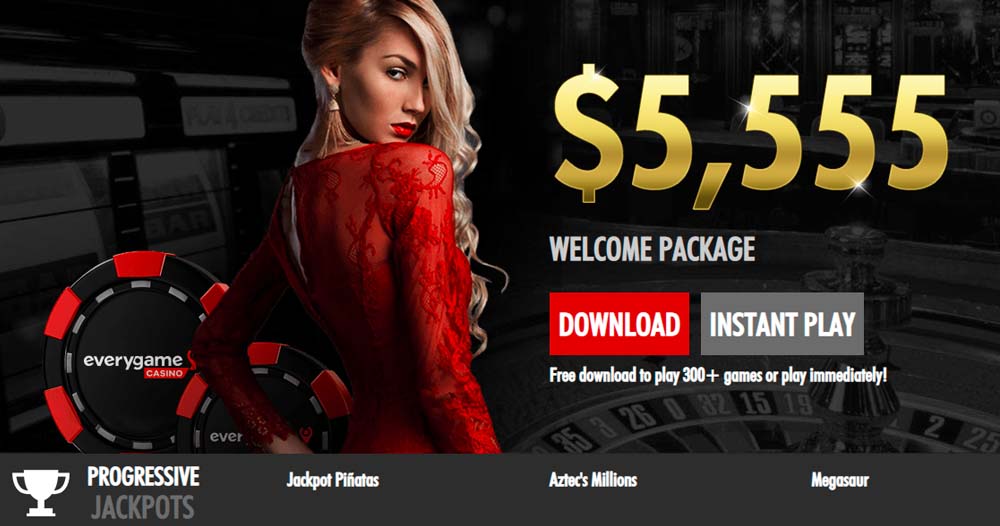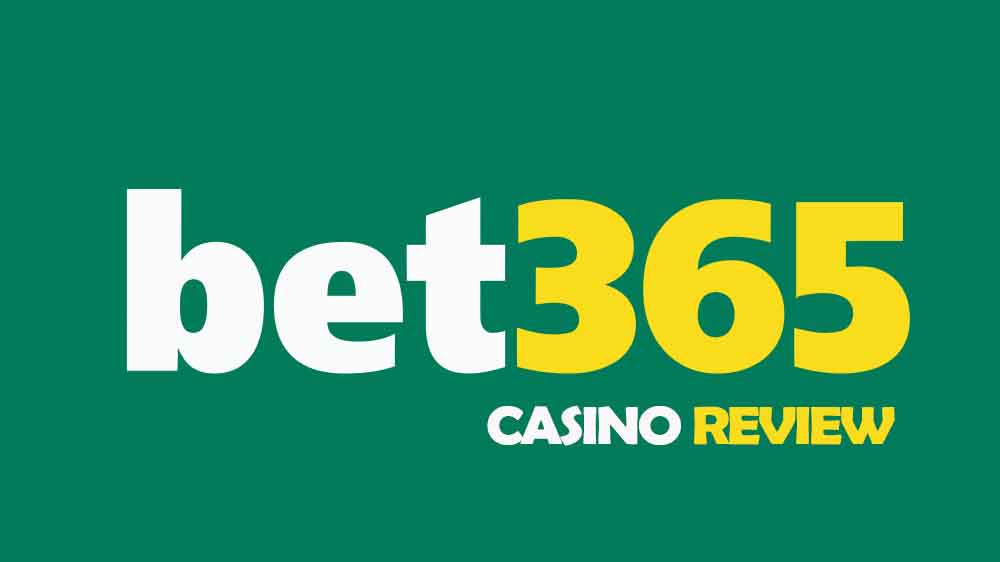The Casino Empire of Donald Trump

Image source: Wikimedia Commons
Introduction: The Casino Empire of Donald Trump
Donald Trump is the New York-born son of Fred and Elizabeth Trump. His father ran a successful real estate business in the city and the boy would eventually work for his father in order to learn the business. After a degree in economics from the University of Pennsylvania’s Wharton School in 1968, he entered the world of real estate and eventually took the reins of his father’s company in 1971. Ever the showman, the first thing he did was to rename the company; The Trump Organization.
From Father To Son
The father built the business around the out boroughs of New York, focusing on middle-income tenants. But Trump’s ambitions were upmarket. He moved the headquarters to Manhattan and began to look for larger projects. The first time his name came into the public sphere, was when both his father and himself were accused of racial profiling. This involved the choice of tenants for their Queens and Brooklyn housing. The matter was settled in 1975 after the Trumps made one of their now to be classic moves, the counter sue.
The Casino Empire of Donald Trump: Trump Tower
Of the projects Trump involved himself in, probably the best known today is Trump Tower. This was once the Commodore Hotel. He totally revamped the building, turning it into the Grand Hyatt and installing himself on the top floors. Another project was the reconstruction of the skiing rink in New York Central Park. As his empire began to grow he started to concentrate on his own brand. He knew that America loves a winner and so set about creating his winning personality. He made licensing agreements with other hotels for use of his name, for board games, even purchasing a team in the US Football League. By this period he was becoming famous as a wealthy entrepreneur who had the self-confidence and the funds to do almost anything.
Trump Enters the Casino World
In March of 1982, The New Jersey Casino Control Commission granted Trump his first casino license. A while before this, Trump had been acquiring land around Atlantic City’s famous Boardwalk. Normally a license takes months to be issued, with any number of hears and inquiries in between. But for Trump, the license was approved and in his pocket after a mere two-hour city council meeting. His first adventure into the world of casinos was with the building company Harrah’s, which paid out the actual construction costs.
The Trump Plaza
His first casino project to see the light of day was called Harrah’s at Trump Plaza. For Atlantic City, this was to be its 10th casino and it opened it’s doors to players in May 1984. Trump made a purpose of being seen at the hotel, often with famous celebrities or sports personalities in tow. He did have a knack of getting these people to attend the shows and entertainment laid on at his casino. The project cost was over $220 million and gave him a taste of things to come.
The Casino Empire of Donald Trump: The Trump Castle Hotel and Casino
Trump’s next project was the Trump Castle Hotel and Casino. Taking on a nearly completed hotel at the Atlantic City Marina in 1985. Interestingly enough, he decided to go it alone and refused to take on any hospitality-industry partners. The hotel was purchased from the Hilton Hotel Chain. The name change caused his first partners, Harrah’s to sue Trump as they claimed the names of the two establishments were so similar that customers would have trouble telling them apart. Trump one the court case and within a year would buy out Harrah’s, making him the owner of two Atlantic City casinos. He would visit the trump Castle onboard his 300-foot Yacht, just to add even more pizzazz to his flashy self-publicity.

The Taj Mahal
But Trump wasn’t the only gung-ho developer buying up and restoring properties in Atlantic City. The television talk show host and entertainer, Merv Griffin was also a successful developer there and his business, Griffin Gaming & Entertainment Company, was doing very well. When a property belonging to one of the original Atlantic City founders started to capsize, Both Trump and griffin made moves to take over. The company involves was called Resorts International and the deal that came about would prove one step too far for Trump. When the dust settled in 1988, Griffin took over the Resort’s branded casinos in Atlantic City and the Bahamas. Meanwhile, Trump got the stalled project, The Taj Mahal. It sounds like one of the promising online jackpot sites. Try harder, Mr. Trump.
Big Numbers
Two years later, The Taj Mahal Casino Resort opened to huge fanfare. Over 75,000 people attended the opening night and Michael Jackson even gave a rare performance. Trump was in his element and bathed in the glory of another project bought to fruition. The alleged spend on the property was over $1 billion making it the crown jewel of Atlantic City. In the first few months, visitors flocked to the resort and spent generously. But the running cost, along with heady load repayments meant that all was not well in Atlantic City. Within a year, the resort would file for Chapter 11 bankruptcy.
Here Comes The Recession
Though in today’s politically charged atmosphere some might gloat at the idea of a Trump bankruptcy, it wasn’t all his fault. Yes, he was overextended on loans, but being such a huge market player meant he would probably have had little problem in setting ongoing loan facilities being made available for him. No, what sunk the Taj Mahal was simply a national recession. People had other things to save money rather than throw it away at the casino. “He opened it in what in retrospect was a cataclysmically bad time,” Steven P. Perskie told The Boston Globe. Perskie was a former State Casino Control Commission chairman and had many dealings with Trump. “Within months, if not weeks, he got hit with a national recession, which made the Taj Mahal economically inoperative.” It wasn’t just the recession which was the cause of the resort’s demise.
Further Financial Trouble Ahead
The root problem had been growing in the background for some time. Simply put, there were too many casinos in Atlantic City to support the number of players. Not only that, but surrounding States, having seen the “Trump Effect”, started opening their casinos. The situation had become untenable. As part and parcel of the Chapter 11 filing, in 1995, Trump was forced to limit his flashy spending which included selling the yacht and his new airline company. Atlantic City never really recovered from the economic downturn.
From Banks To Shareholders
Within a year of the Taj Mahal filing bankruptcy, both the other two Trump properties, The Trump Plaza and The Trump Casino followed suit. The companies restructured and continued as the Trump Hotels and Casino Resorts (THCR, and became a publicly-traded company. The new entity took over the Taj Mahal and the Trump Plaza. Now, instead of the banks’ money, he was using shareholder investment to finance his empire. For some unknown reason, far removed from a good business sense, in 1996 Trump suddenly decided to invest in a casino in Indiana, along with building yet another casino in Atlantic City named the Trump World Fair. Within three years this latter ventures closed, along with plans to build even more.
Yet Another Trump Bankruptcy
Unfortunately, Atlantic City never recovered from the economic downturn. In 2004, THCR was once again forced into a Chapter 11 restructuring. Trump agreed to give up some of his stock options and took a hit from being the 56% owner to making do with just 27%. At the same time, the company was re-branded to Trump Entertainment Resorts (TER). Within a year the Indiana casino was gone. The company was looking for a white knight to buy it out but just couldn’t see eye to eye with any potential investors who expressed interest. After a number of cutbacks and job losses, the company finally declared bankruptcy again (for the 4th time!) in 2009. Trump resigned and saw his stock holdings plummet to just 10%.
Conclusion: The Casino Empire of Donald Trump
And that, ladies and gentlemen, was the end of Trump’s forays into the casino business. At the time of the failure of his last company, stocks in TER were being traded at just 23 cents, compared with their heyday price of $14 ten years earlier. Things didn’t improve for the company after Trump’s exit. Saddled with debt, the only way to repay investors was to start selling off the company’s assets, such as the (now re-named, yet again) Trump Marina. In 2014 TER files for bankruptcy. Trump had sued them to have his name removed from the various properties. On September 16th of the same year, Trump Plaza closed. Most of the debt was held by the investor, Carl Icahn, who promptly took over the Taj Mahal.
The Taj Mahal is not only the only casino still operating in Atlantic City from the former Trump empire, but is THE only casino still open there. Maybe being president is hard, but not as hard as running casinos. If you would like to learn more about the casino market check out our best jackpot site ratings.














